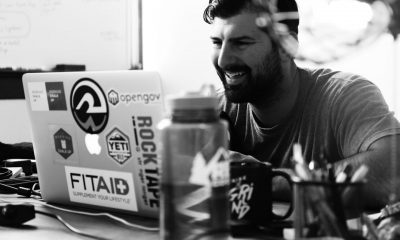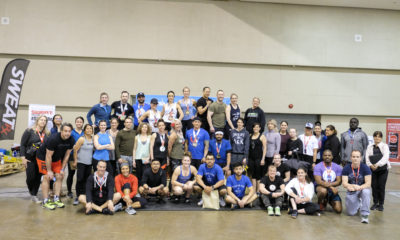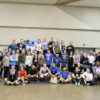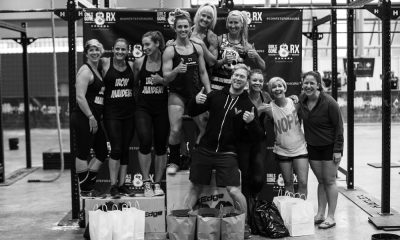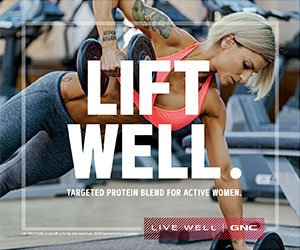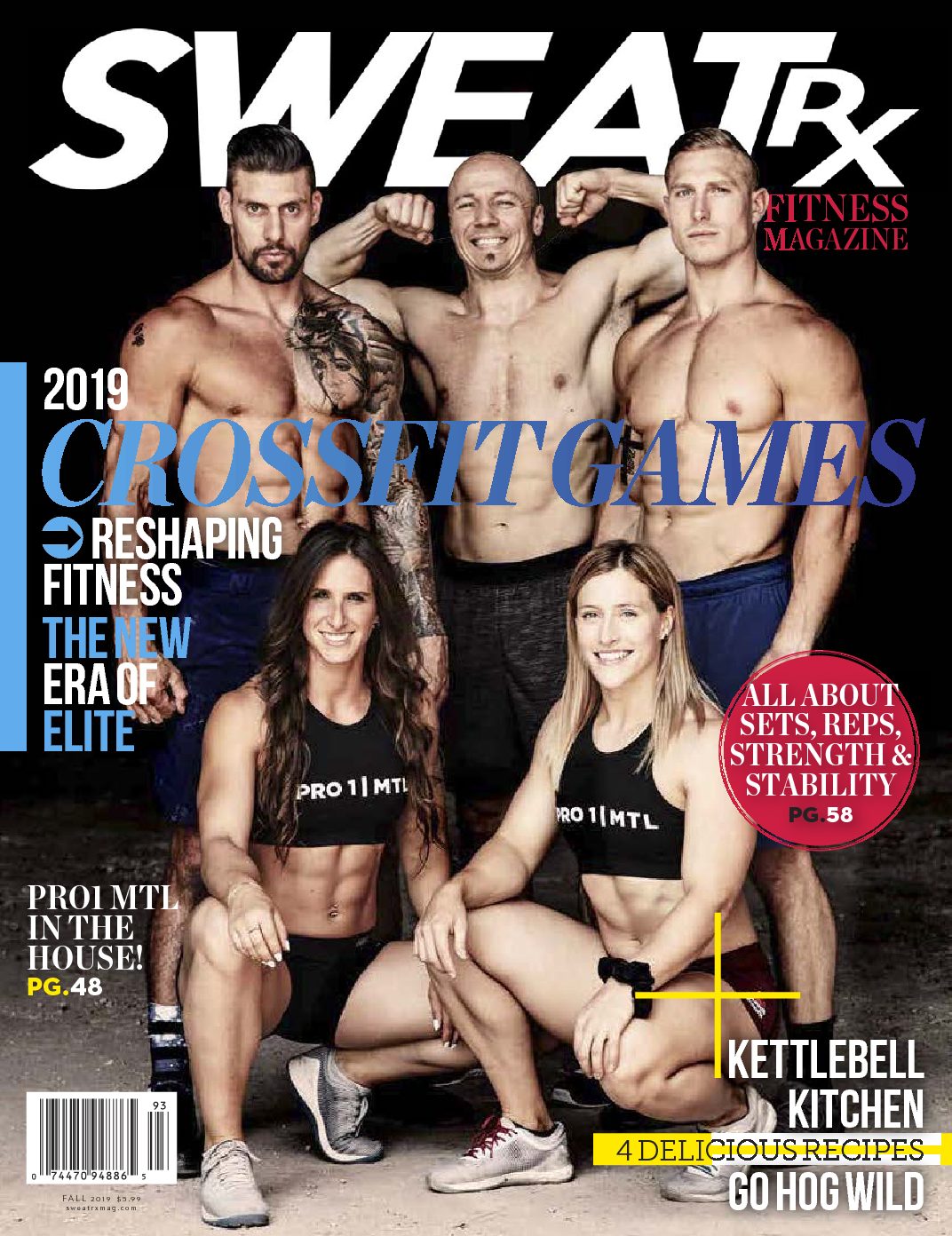Community
The Whole9 – A holistic approach to Paleo nutrition and a balanced lifestyle
Improved athletic performance, virtually limitless energy, effortless weight loss—these are just a few of the benefits touted by the Paleo Diet, a nutritional framework based on evolutionary principles. If you CrossFit, you’ve most definitely heard of it. If you’re hardcore, you’ve probably even tried it. Now Melissa and Dallas Hartwig, the undisputed power couple of Paleo, have hot-rodded the base model, creating a program that addresses not only nutrition but eight other life-enhancing factors as well.
“The ‘9’ in Whole9 comes from the nine factors we believe come together to create optimal health,” says Melissa Hartwig, Certified Sports Nutritionist and RKC-Certified Kettlebell Instructor. “They include nutrition, sleep, stress management, healthy movement, socialization, natural environment, fun and play, personal growth, and temperance.” All are equally essential.“We believe nutrition is the foundation of any good health and fitness-related program, but it’s not the only factor,” she continues.
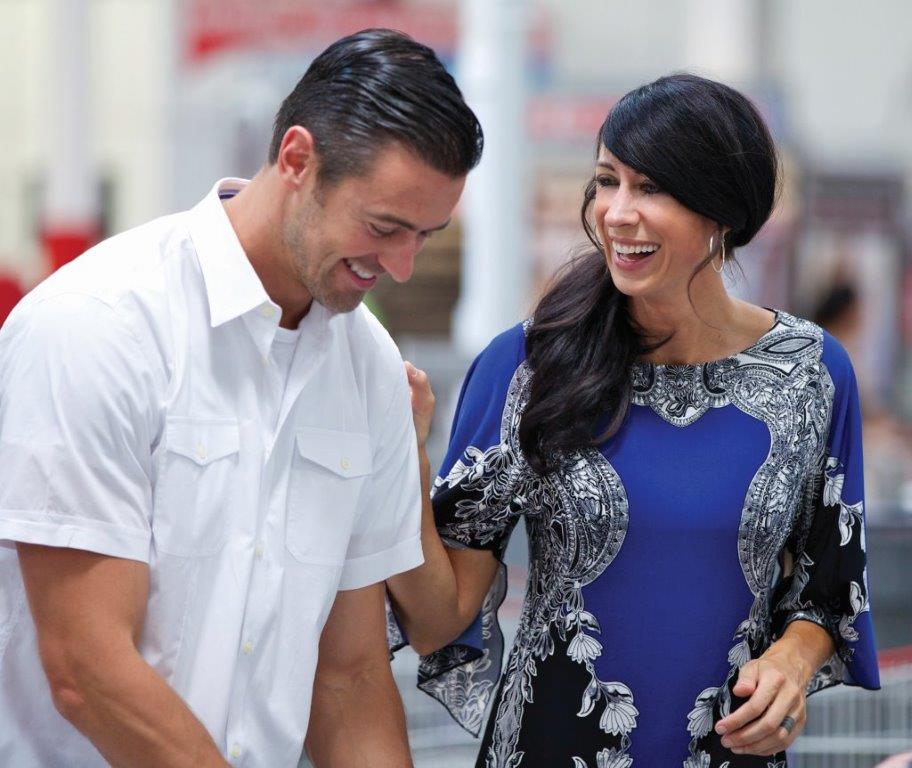
The Hartwigs founded the Whole9 Internet community to help anyone—from CrossFit enthusiasts to weekend athletes to busy professionals and stay-at-home moms—achieve a healthy balance, something that’s decidedly lacking in today’s society. Says Hartwig, “Those who are health-conscious probably think about diet and exercise, but how many realize how important a good night’s sleep is to weight loss or healthy living? Fun and play is overlooked in our busy, modern, do-all-the-things culture. People are praised for never having fun, not for building fun into their lives. Focusing on one or two of [the nine factors] will make you healthier, but not if it’s at the expense of all the others.”
The need for balance is certainly something Hartwig has come to understand first hand. A recovering drug addict with 13 years clean, she never set foot in a gym until the day she left rehab. “For many years, I was the opposite of healthy and fit,” she says. “When I came out of rehab, I started paying attention to what I ate and going to the gym. Making myself healthy played a big role in staying clean.”
After focusing on light weightlifting and cardio for years, Hartwig discovered kettlebell training in 2005. It radically altered her approach to fitness as well as nutrition. “My diet was ‘healthy’ based on what I knew then—lots of whole grains, low-fat dairy and fake foods with fewer calories. The full-body [kettlebell] workouts and compound movements quickly made me stronger so I started eating more whole foods and protein to keep up with my new muscles.”
In 2006, she met Dallas, a licensed physical therapist. “He introduced me to CrossFit,” says Hartwig. “I immediately embraced the idea of high-intensity intervals, functional movements and variety in my workouts. I also began looking into the Paleo and Zone diets to compliment my training. Soon after, Dallas and I opened our own strength and conditioning facility, implementing a Paleo diet with our clients.”
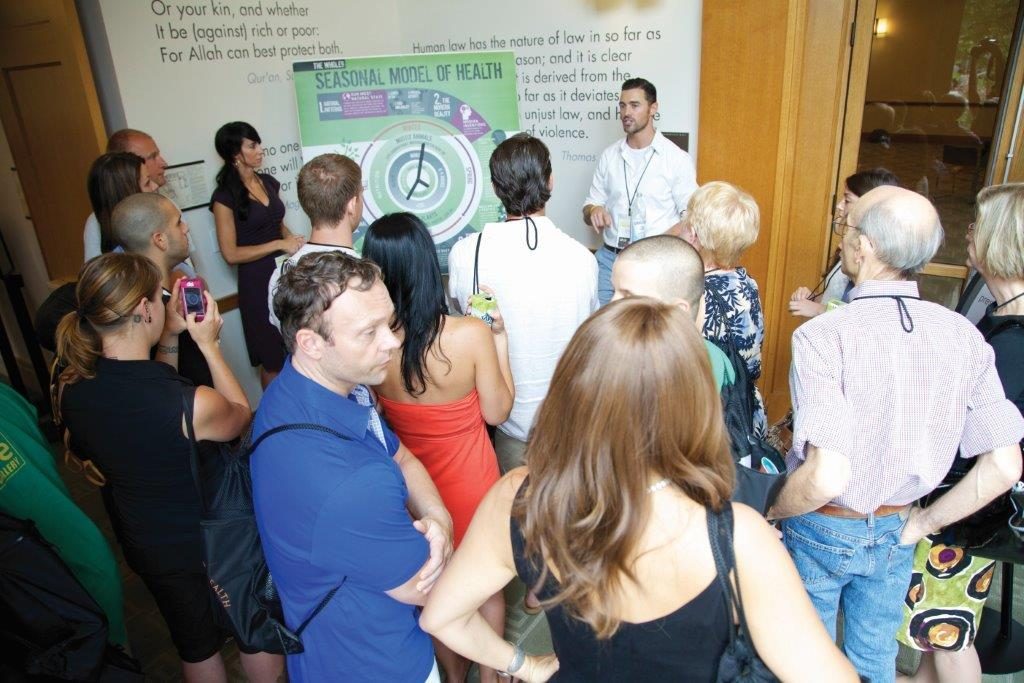
The results were astonishing. “We quickly realized that clients were getting good results with our exercise program, but fantastic, mind-blowing results with our exercise program plus our nutrition recommendations,” says Hartwig. “That led us to step away from the traditional gym model and move into more of a holistic approach to health and fitness—thus the creation of Whole9. While our gym reached mostly those local to our community [in Salt Lake City, Utah], the Whole9 platform allows us to reach nearly one million people a month, all across the world!”
The Whole30 is Whole9’s original nutrition program, and it’s particularly suited to CrossFitters. “We have almost 150 nutrition partners, most of whom are CrossFit affiliates, who use our nutrition program with their clients,” says Hartwig. “It is designed to optimize metabolism and minimize systemic inflammation, both of which lead to improved performance in the gym and a more effective recovery post workout.”
Originally inspired by Robb Wolf and a 30-day strict Paleo challenge, the Hartwigs developed their program based on research into the psychological impact of food choices as well as the couples’ experience working with clients. “We have ‘rules’ in place designed to help participants increase awareness and change their relationship with food—things that don’t necessarily happen when people focus only on the technicalities of whether their foods are Paleo or not,” Hartwig says. Should one choose to do the Whole30, they must cut out added sugars completely, including honey and fake sugars such as stevia. Says Hartwig, “This is designed to increase awareness of how many ‘healthy’ foods have added sugar.”
Alcohol is also off limits—even though other Paleo plans allow red wine—as are baked goods and ‘junk foods’ made from Paleo ingredients. On the menu are meat, fish, eggs, vegetables, fruits, healthy oils, nuts and seeds. While the counting of calories is not required—or forbidden—the bathroom scale is. “We make a specific point not to focus on weight loss. In fact, we discourage people from doing the program to lose weight,” says Hartwig. “We want people to use the Whole30 to change their relationship with food, and change the way they eat for the rest of their lives. If you’re able to do that, the weight loss naturally, effortlessly follows. But it doesn’t work the other way around.”
To date, more than 100,000 people have completed the While30 program. A 2011 survey of 1,500 participants found that 96 percent had dropped pounds without cutting calories or focusing on weight loss. A multitude of others reported higher energy levels, better sleep, improved mood, longer attention spans, improved athletic performance, speedier recovery from exercise and reduced cravings. But that’s not all. “We’ve also had people report the miraculous reversal or improvement in a huge number of symptoms and conditions from diabetes to asthma, migraines to infertility, multiple sclerosis to Lyme disease,” says Hartwig.
While 30 days without bread, legumes, pasta, dairy, sugar or wine might sound hard to stomach, a 2013 survey of more than 1,000 Whole30 participants revealed that 89 percent who start the program complete it. “Of those who completed a Whole30, 87 percent are still eating mostly or completely according to our general nutrition recommendations,” says Hartwig. “Once people realize how the foods they used to eat were negatively affecting them, it’s really easy to stay away from them on a daily basis. If French toast or ice cream makes you feel like junk, it’s not really a treat, is it?”
For those interested in learning more about the Whole9 or giving the Whole30 a try, whole9life.com is an invaluable tool featuring numerous free resources to get you started. The Hartwig’s bestselling book, It Starts with Food: Discover the Whole30 and Change Your Life in Unexpected Ways, will help you take your journey a step further. Finally, you can attend a Whole9 or Whole30 nutrition event in the U.S., Canada or South Pacific. “We hope to meet you all at one of our upcoming seminars. We’re in the process of scheduling summer and fall events now,” says Hartwig. “Visit the sidebar of whole9life.com to see if we’re coming to your city or town, or email workshops@whole9life.com if you’d like to host us for an event at your facility.”










